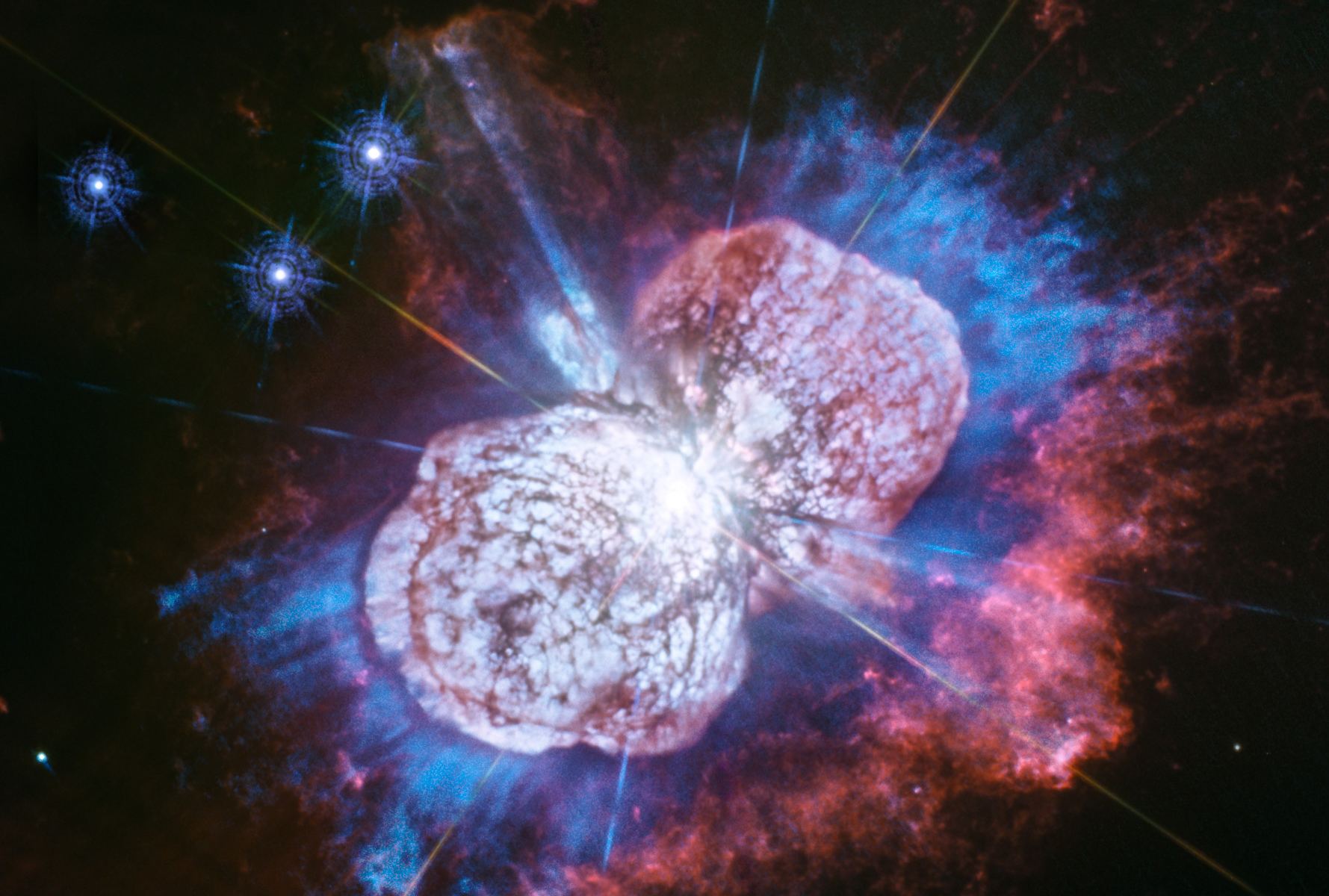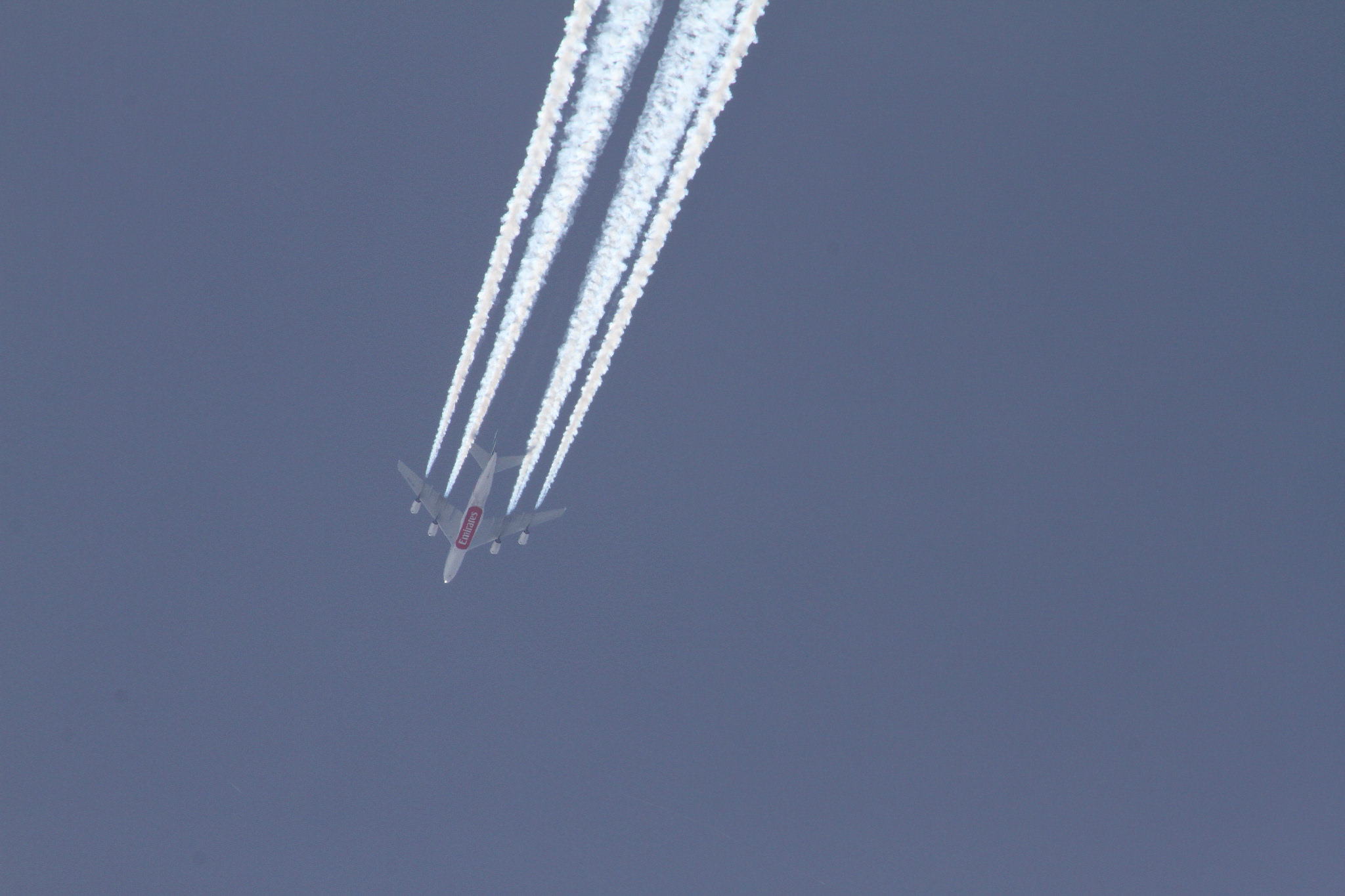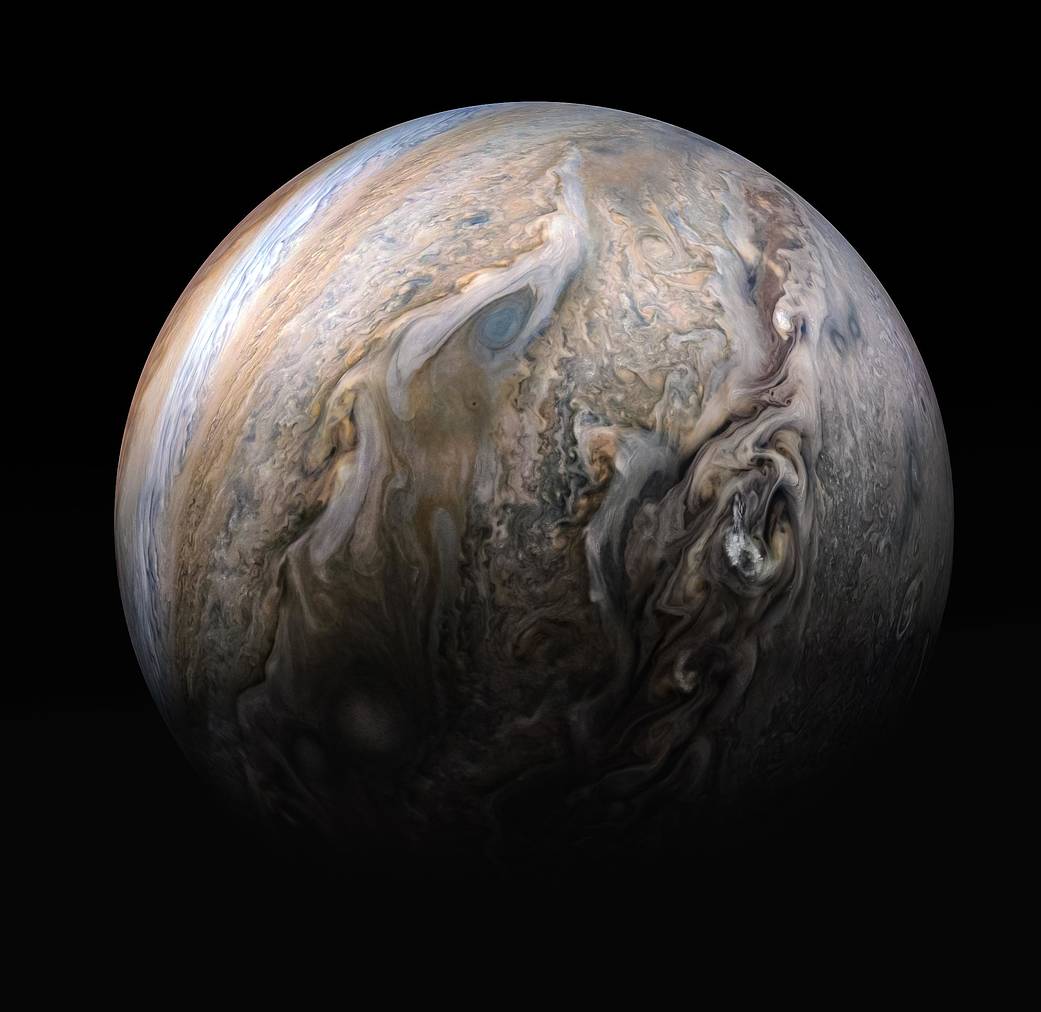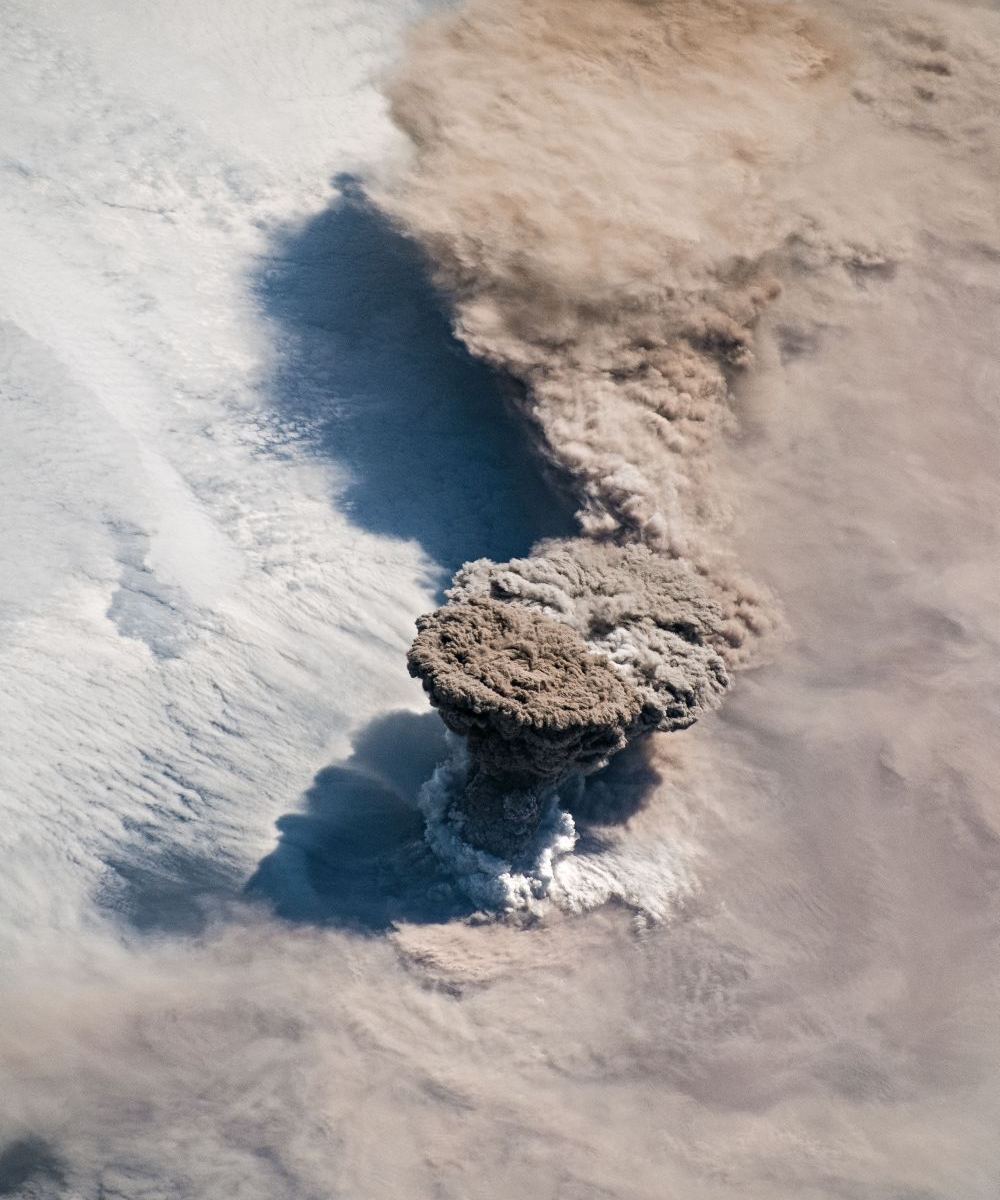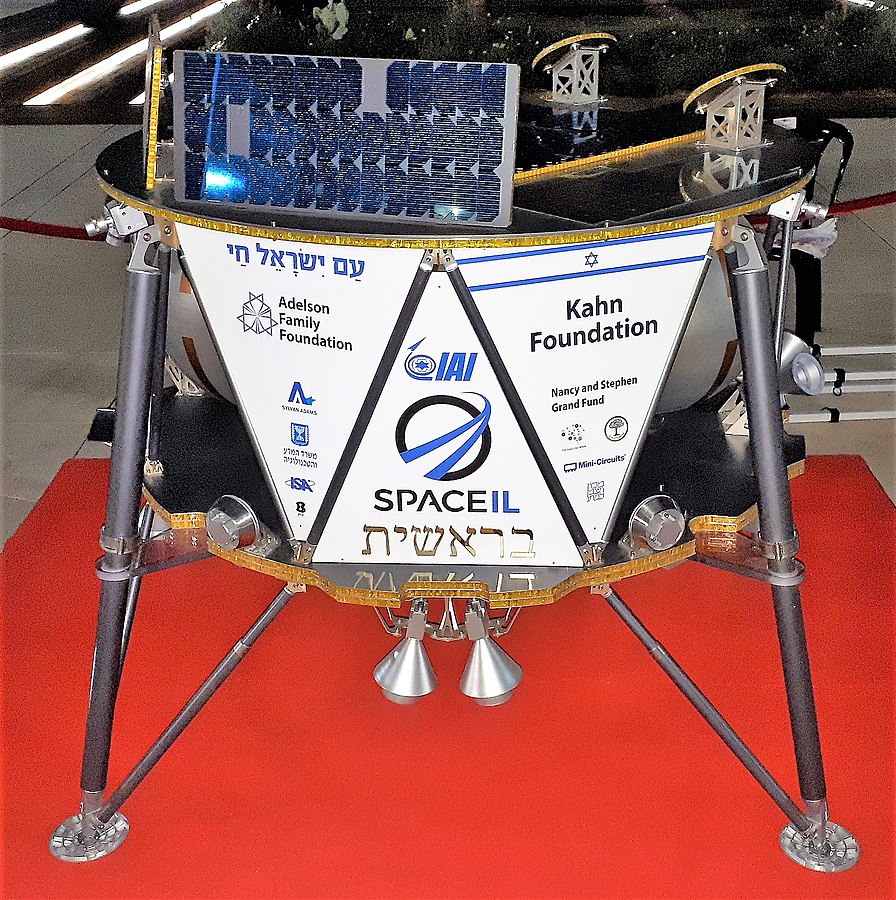Out there in space is an unusual exoplanet name Gliese 3470 b (GJ 3470 b.) It’s a strange world, kind of like a hybrid between Earth and Neptune. It has a rocky core like Earth, but is surrounded by an atmosphere made of hydrogen and helium. That combination is unlike anything in our own Solar System.
Continue reading “NASA Telescopes Reveal the Atmosphere of a Strange Hybrid Exoplanet”NASA Telescopes Reveal the Atmosphere of a Strange Hybrid Exoplanet


